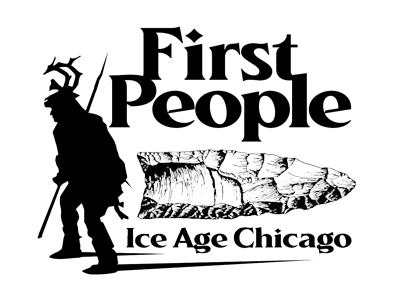project overview
Cook County contains some of the most diverse array of habitats found in Illinois
including unique glacial landscapes and fossilized glacial beaches, and provides an excellent laboratory to investigate some of the most basic questions about life during the earliest archaeological periods. While much of the Chicago area landscape has been lost to urban development, a century of thoughtful acquisition by the FPDCC has preserved the last remaining portions of this unique resource. The undeveloped landscapes protected by the Forest Preserve provide opportunities for answering questions about human behavior during the remote past, such as: When did humans first occupy the area? Did they interact with now extinct species such as the mammoth and mastodon? How did they adapt socially and economically to a rapidly changing climate and landscape? On which plants and animals did they depend? As the climate changed how did these societies adapt?

These groups likely faced challenges similar to today’s land managers, scientists, and citizens as they struggled to understand the effects of climate change on the native communities of plants and animals on which they depended and were familiar with. The early peoples of Illinois were at the foundation of the complex changes that unfolded among the pre-Columbian societies of this region over the course of the next 13 millennia. A better understanding of these early hunter-gatherers is critical for telling the full human story of Illinois’ past as well as understanding the range of adaptive strategies that human groups use to respond to climate change.
Follow along with our project as we investigate the landscapes of Cook County to learn more about the First People of Cook County. Our goals are to assist the Cook County Forest Preserve District in protecting, preserving, and interpreting the cultural heritage contained within their landholdings so that these stories can be told for the benefit of todays and tomorrows stakeholders.

OUR PROJECT:
The First Peoples project has several components: Research, Fieldwork, and Outreach. Our goals are to work with the professional community (museums and other researchers) to document new paleontological specimens, revisit known sites, and collect paleoenvironmental data. Ultimately our work will take us into the field to investigate ice-age landscapes and look for new sites while we provide the Forest Preserve with valuable information to manage and preserve these unique resources. We are also engaging with various stakeholders to record old archaeological collections, listen to questions and concerns, and provide students with valuable work experience and to give the interested public the opportunity to participate in the science of archaeology. Interested in participating or have an old collection or interesting fossil to report? Contact Us!
